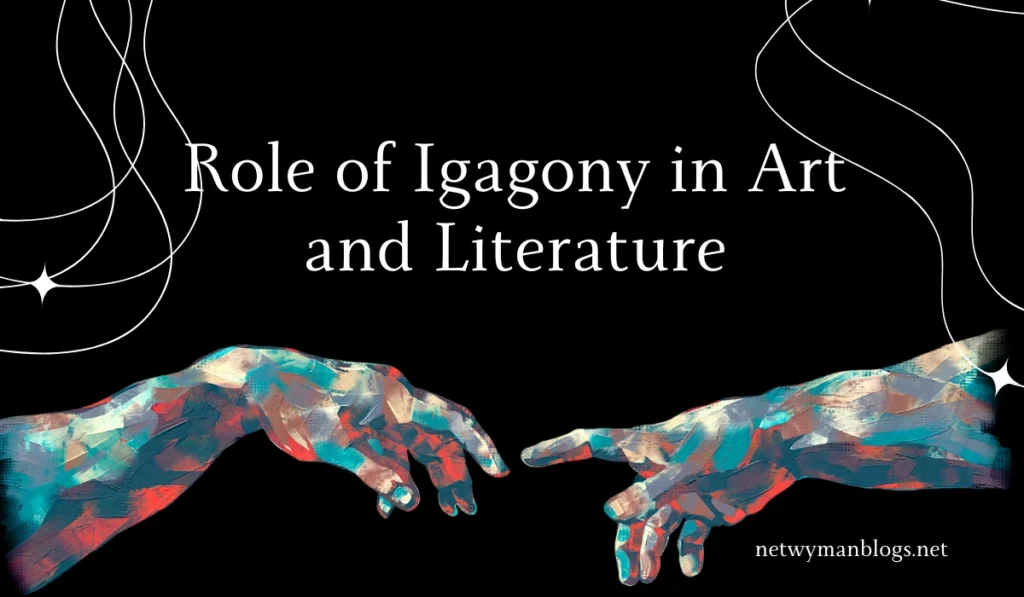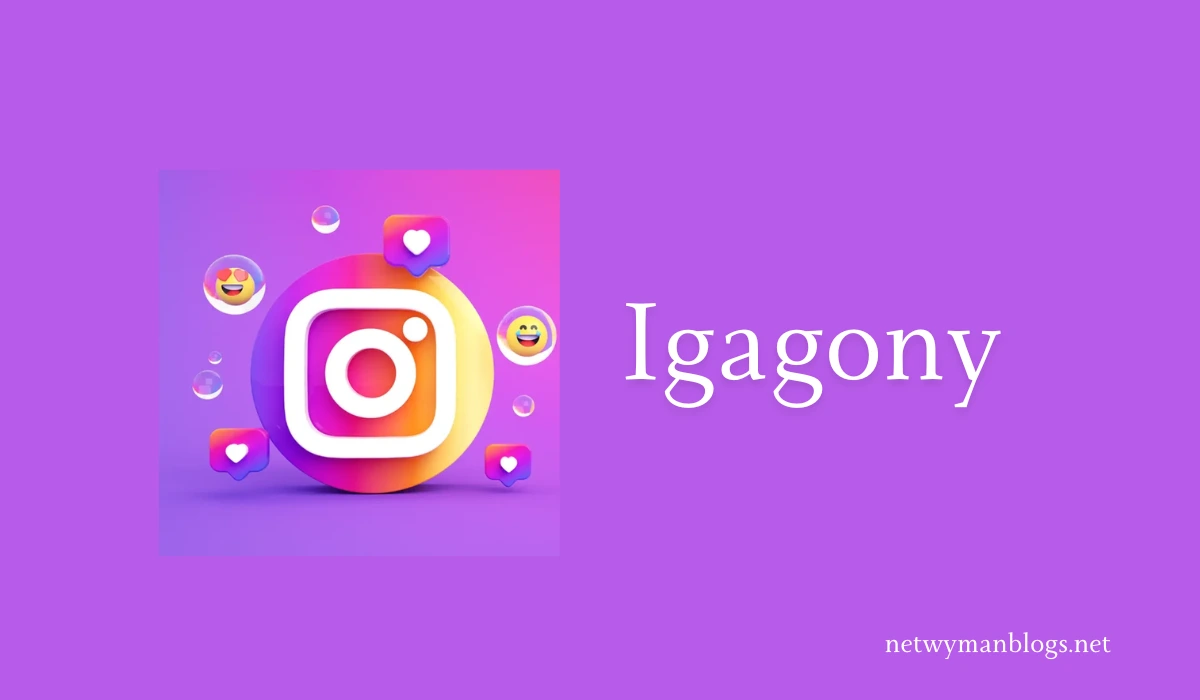In today’s complex world, emotions often come in dualities, with joy and sorrow existing side by side. The term Igagony captures this intricate blend of agony and joy, offering a unique lens to understand the interplay of emotions. Though the term is not widely recognized, it speaks volumes about the human experience, embodying the bittersweet nature of life itself. This article explores the concept of Igagony, its origins, and its significance in various cultural, psychological, and artistic contexts.
What Does Igagony Mean?
Igagony is a fusion of two seemingly opposite emotions: agony and joy. This term encapsulates the feeling one might have when experiencing a situation that brings both pain and happiness. For example, consider the joy of seeing a loved one after a long time, intertwined with the pain of knowing that the moment is fleeting. This emotional complexity is what makes it a fascinating subject to explore.
The Origins and Evolution of Igagony
The concept can be traced back to philosophical and literary discussions that delve into the nature of human emotions. Philosophers like Aristotle and Nietzsche discussed how true joy often stems from experiencing pain and vice versa. This notion is also prevalent in Eastern philosophies like Taoism, where the interplay of opposites is symbolized by the Yin-Yang symbol. The acknowledgment that life’s highs and lows are interconnected is a central theme in these ideologies, making it a timeless and universal concept.
Over the years, the term has evolved, influenced by various cultural and social changes. In literature, the idea of experiencing both pleasure and pain is evident in tragic romances and epic tales. Modern interpretations can be seen in movies and music that explore themes of heartbreak, loss, and resilience.
Read more: 18comic
Key Aspects of Igagony to provide a clearer understanding of its significance:
| Aspect | Description | Examples |
|---|---|---|
| Definition | The coexistence of joy and agony in a single experience. | Experiencing happiness while recalling bittersweet memories or feeling sorrow in a joyful moment. |
| Psychological Impact | Enhances emotional resilience by embracing mixed emotions rather than suppressing them. | Acknowledging both joy and sorrow during life transitions, like graduation or a job change. |
| Cultural Significance | Rooted in traditions and rituals, often linked to identity and heritage. | Celebrations like the Mexican Day of the Dead or the Japanese concept of mono no aware (awareness of impermanence). |
| Artistic Expression | Explored through literature, music, and visual art to convey complex emotional landscapes. | Van Gogh’s “Starry Night” and Shakespeare’s tragedies depict Igagony by blending beauty and despair. |
| Modern Interpretation | Adapted into digital art, social media, and contemporary storytelling. | Digital platforms like Instagram and YouTube feature content that reflects nostalgia, loss, and hope. |
| Emotional Benefits | Helps individuals develop a deeper understanding of their emotions and promotes mental well-being. | Practicing mindfulness, journaling, and reflecting on emotional dualities can lead to a balanced emotional state. |
Psychological Perspectives on Igagony
Psychologically, it offers insight into the complexity of human emotions. When people experience mixed emotions, they often feel conflicted. This ambivalence can arise in situations where happiness is accompanied by sadness, such as graduating from college or ending a meaningful relationship. This is a way to embrace these conflicting feelings rather than suppress them, leading to a healthier emotional outlook.
Studies have shown that acknowledging both positive and negative emotions leads to greater emotional resilience. People who accept the duality of their experiences tend to cope better with stress and find more joy in future experiences. Thus, it can be seen as a psychological tool for understanding and managing emotions effectively.
Cultural Significance of Igagony
Across various cultures, this is expressed through art, music, and traditions. In Mexican culture, for example, the Day of the Dead is a celebration that embodies Igagony. While the event honors deceased loved ones, it is filled with joyful festivities, demonstrating the coexistence of grief and celebration. Similarly, in Japanese culture, the concept of mono no aware—the awareness of impermanence—echoes the sentiment of Igagony, recognizing the beauty and sadness of fleeting moments.
In Western literature, works like Shakespeare’s tragedies are prime examples of Igagony. Characters experience profound joy and intense sorrow simultaneously, creating narratives that resonate deeply with audiences. These stories highlight the universal nature and its power to connect people through shared emotional experiences.
Role of Igagony in Art and Literature

Artists and writers often draw on Igagony to convey the depth of human experience. In visual art, paintings like Vincent van Gogh’s “Starry Night” depict a turbulent emotional landscape, merging beauty with despair. The swirling colors and chaotic brushstrokes are reminiscent of the emotional duality that defines them.
Similarly, music genres like the blues capture the essence of through lyrics and melodies that speak of pain and joy in equal measure. Songs about heartbreak, loss, and redemption resonate with listeners because they mirror the complexity of their own emotions.
Contemporary Expressions of Igagony
With the advent of digital platforms and globalization, it has found new expressions in contemporary art forms. Social media has become a space where people share both their triumphs and struggles, embodying the dual nature of Igagony. Platforms like Instagram and YouTube provide artists with avenues to express Igagony through multimedia projects, combining visual, auditory, and textual elements.
Digital artists often explore themes of nostalgia and loss, blending them with hope and beauty. This new wave of creative expression allows for a more accessible and diverse representation of Igagony, reaching audiences worldwide.
Igagony in Daily Life: Finding Balance
Understanding and embracing Igagony can lead to a more balanced emotional life. People often try to avoid negative emotions, but doing so may also limit their ability to experience true joy. Accepting the duality allows individuals to appreciate the richness of their emotions and develop a more nuanced view of life.
Mindfulness practices, such as meditation and journaling, can help individuals explore their emotions without judgment. By acknowledging both joy and sorrow, people can cultivate a sense of gratitude and perspective, enhancing their overall well-being.
As the world becomes more interconnected, the concept of Igagony will likely continue to evolve. Cultural exchanges and digital platforms provide new opportunities for exploring this emotional duality. Future generations may reinterpret in innovative ways, using it to address contemporary issues such as mental health, social justice, and environmental change.
Raed more: Bart springtime
Frequently Asked Questions
What is Igagony?
This is a concept that combines joy and agony, representing the coexistence of happiness and pain in human experiences.
Can Igagony help in understanding emotions?
Yes, embracing can lead to better emotional resilience and a deeper understanding of one’s feelings.
Is Igagony a common experience?
Yes, many people experience it, especially during significant life events like loss, achievements, or transitions.
How can I apply it in daily life?
Practicing mindfulness and reflecting on your emotions can help you accept both the joys and sorrows of life, leading to greater emotional balance.
Conclusion
Igagony is a powerful concept that captures the essence of human emotions. Its ability to represent the coexistence of joy and pain makes it a valuable tool for understanding our experiences. Whether in art, literature, or daily life, it serves as a reminder that life’s beauty often lies in its complexity. By embracing both the highs and lows, we can find greater meaning and connection in our lives.
As the world continues to change, Igagony will remain a testament to the resilience and depth of the human spirit.

